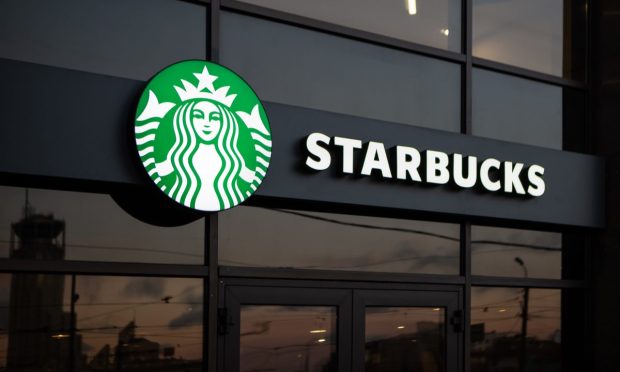
As many restaurant brands feel consumers pull back among ongoing financial difficulties, Starbucks is leveraging its extensive digital user base to weather the storm.
The world’s largest restaurant chain by revenue shared on a call with analysts Thursday (Nov. 2) discussing its fourth-quarter fiscal 2023 financial results that, as macroeconomic challenges lead to changes in consumer behavior for some restaurant brands, the company is leveraging the high level of digital connection it has with its customers to combat potential trade-down.
“Unlike 2008, which is a number that people have been touting around, we have a widely more diversified set of channels that we participate in,” Starbucks Chief Executive Officer Laxman Narasimhan said. “We have digital relationships worldwide with over 75 million customers in terms of their last 90-day activity…. So, we have the ability to reach our customers, and we have multiple levers in terms of how we deal with any uncertainty that we might see.”
The ability to combat consumer pullback is significant, given that, as restaurant prices continue to rise, many diners are changing their behaviors at least some of the time. A PYMNTS survey of more than 2,300 U.S. restaurant customers late last year revealed that roughly a third of consumers have been making purchases from restaurants less frequently amid inflation.
Yet Starbucks’ sales continue to rise. In the quarter, the company saw a record-high year-over-year revenue increase of 12%, helped by this digital engagement. Narasimhan noted highest-yet loyalty program engagement, with Starbucks Rewards’ 90-day active member count reaching 33 million in the U.S. while “setting records in spend per member and total member spend.”
Certainly, many consumers are engaging with restaurants’ rewards programs. PYMNTS Intelligence’s March report, “Connected Dining: Consumers Like the Taste of Discount Meals,” which drew from a survey of more than 1,800 U.S. consumers, found that 51% of consumers reported using a restaurant loyalty program and that adoption of QSR programs had grown 15% year over year.
In addition to its digital strength for in-restaurant and pickup sales, Starbucks is also seeing the rise of delivery drive larger check sizes, following the company’s expansion of its third-party aggregator availability.
“We’re seeing units per transaction significantly higher, and that’s driven by the growth we’re seeing in drive-thru, as well as delivery, which has a higher attach rate or more group orders,” the chain’s Executive Vice President and Chief Financial Officer Rachel Ruggeri told analysts. “And that’s all leading to the stronger performance that we saw in the quarter.”
In fact, consumers spend nearly twice as much on their average delivery order than their average pickup order, per PYMNTS Intelligence’s Connected Dining series. The findings revealed that, as of the start of this year, consumers were spending $36.20 on average per delivery order. This amount marks an increase from the $21.50 an order they were spending in the spring of last year, and it is well above the $18.20 that restaurant customers spend on their average pickup order.